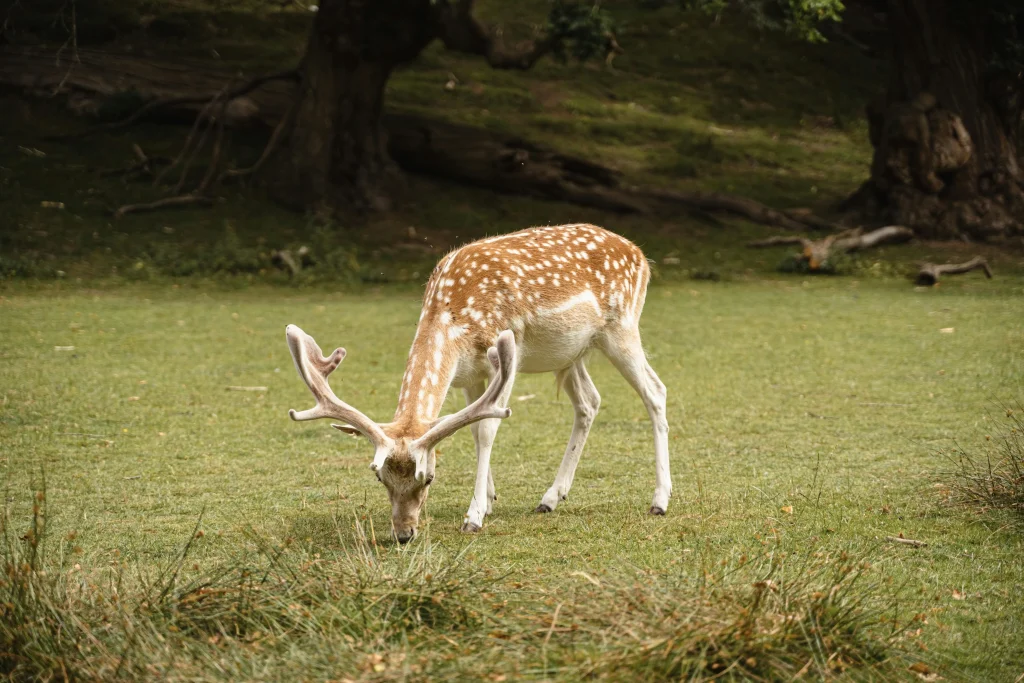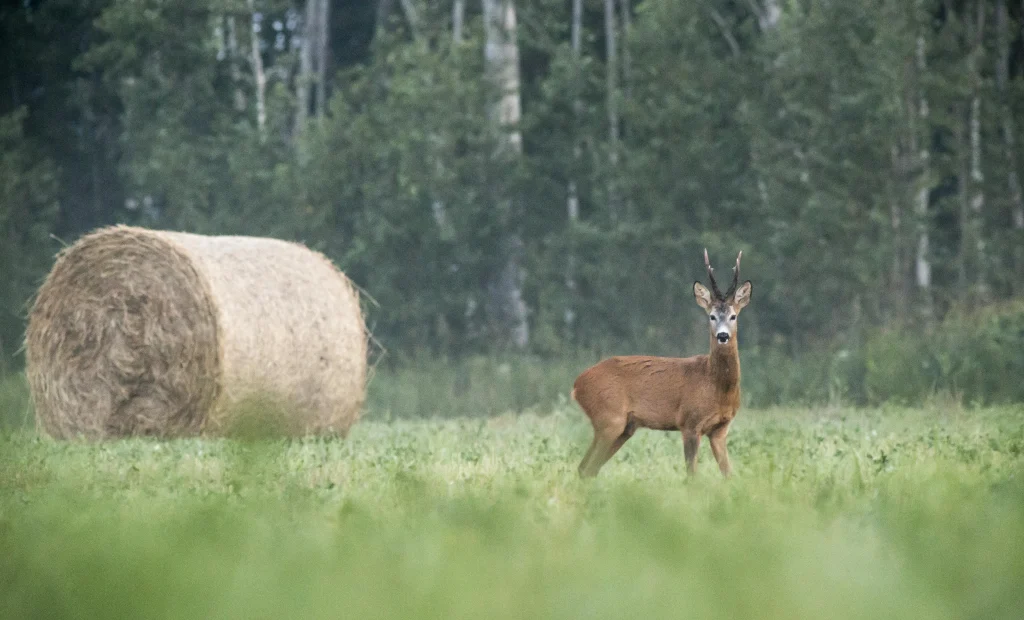We are a team of UK deer managers providing effective deer management solutions across Sussex.
Experienced, DMQ qualified, and fully insured, we will provide an assessment of the problem that deer may be causing on your land and work with you to formulate and execute a management plan that meets your needs.
There is no charge for our work. We recover and retain carcasses, ensuring nothing goes to waste and all venison is responsibly used.
Deer are an iconic and valued part of the East Sussex countryside. With species such as fallow deer, roe deer, and muntjac roaming freely, they add beauty and interest to our woodlands and farmland. However, without effective management, their growing numbers can cause serious harm — to the environment, to agriculture, and even to the health of the deer themselves.
At UK Deer Management, we help landowners, estates, and conservation groups understand, plan, and manage deer populations through expert assessments, tailored management plans, and ethical culling operations.
Uncontrolled deer browsing prevents natural woodland regeneration, reduces ground flora, and negatively affects species that rely on understorey vegetation — including birds, insects, and small mammals.
Deer can devastate crops, damage fencing, and reduce the commercial value of land — particularly fallow herds in open farmland.
Overpopulation leads to malnourished, unhealthy deer and increased risk of disease. Management ensures healthy, balanced herds.
From stripping bark to eating saplings, deer can dramatically change the structure of ancient and semi-natural woodlands, hindering conservation and rewilding efforts.
The most abundant species in Sussex. Fallow deer often form large herds that graze and trample sensitive habitats.
Impact:
Suppress woodland regeneration
Damage grassland and crops
Management Needs:
Regular population control
Landscape-scale coordination
Seasonal culling strategies


Native and territorial, roe deer prefer woodland edges and thickets.
Impact:
Selective browsing of young trees
Damage to coppice regrowth
Interference with woodland planting schemes
Management Needs:
Territory-aware control
Site-specific impact assessment
Integration with habitat goals
An invasive, non-native species breeding year-round with no natural predators.
Impact:
Heavy pressure on ground flora
Threatens rare plants (e.g. bluebells)
Management Needs:
Year-round culling
Early detection and rapid response
Focused control in conservation areas

If you’re interested in hearing more about our deer management services, qualifications and methods, please get in touch by emailing us on:
[email protected]
or press the button to open up a new email.
One of the team will be in touch to discuss your requirements, aims, and objectives.